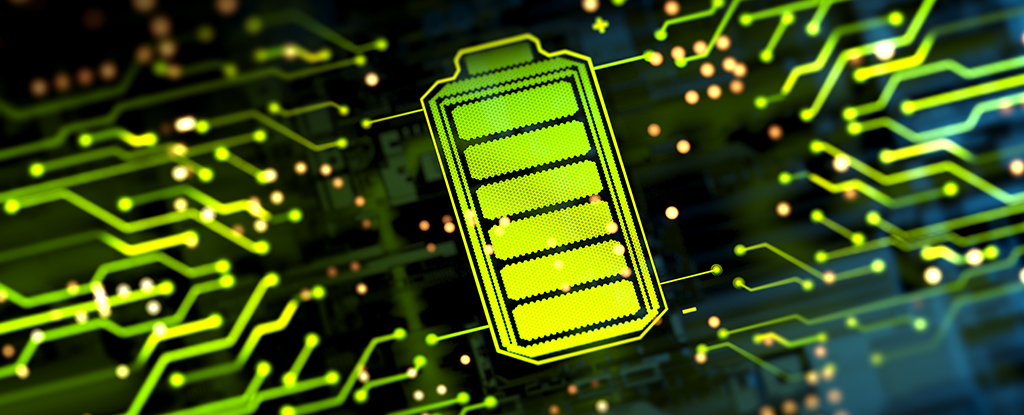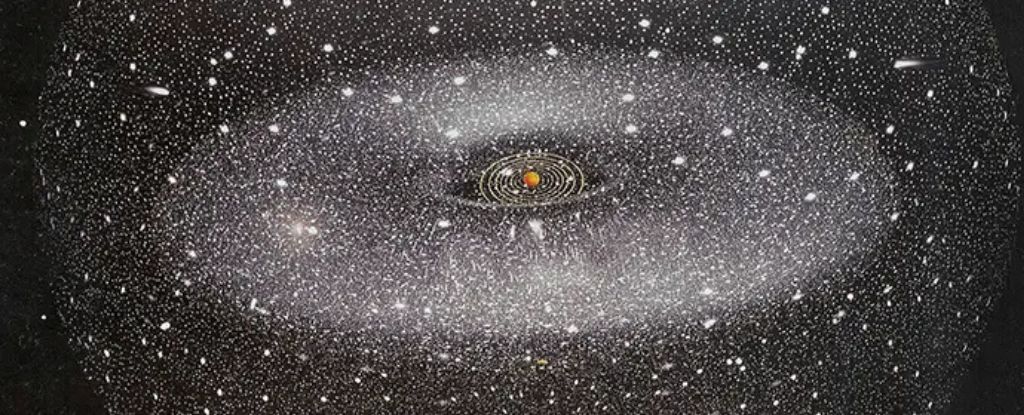Batteries based on the wave-like nature of charged particles could revolutionize energy storage, potentially cramming in more power at a faster rate than conventional electrochemical cells could ever hope to manage.
A new protocol developed by a team of physicists from National Cheng Kung University could transform the basic principles of a fast-charging quantum battery into a practical system, demonstrating ways the superposition of a battery may be used to store energy quickly and efficiently.
Fundamental to quantum physics is the principle that all bits of matter have a wave-like identity that spreads out through space and time.
As counterintuitive as it is to our experience of reality, these waves represent the properties of an object – whether it’s an electron, a molecule, a cat, or a whole planet – as a spectrum of possibility referred to as its superposition.
In recent years, researchers have pondered whether one or more objects in a superposition have something in common with the chaotic zip and bounce of heated material in an engine. Tapping into this quantum phenomenon could even provide new ways to transfer and hold energy.
It’s a nice idea in concept, but transforming the theory behind quantum heat engines into a working device requires identifying suitable processes that don’t waste a whole lot of energy.
The researchers experimentally evaluated two approaches to using the superposition of a particle to charge a hypothetical quantum battery to determine whether its fuzzy state is indeed transferring energy.
In place of an actual battery, the team simply used a trapped ion in a superposition state known as a qubit, which can gain energy as it passes through a reflective space that constrains the kinds of waves passing through.
Sending the ion through a device that split its wave into two beams, the team compared the battery’s ability to store energy as separated waves passed through multiple entry points into a single cavity, and then into multiple cavities.
Not only did they find the ion’s superposition really can allow for efficient charging, they found the ‘many doorways, one room’ approach induced an interference effect that could theoretically lead to what they call a “perfect charging phenomenon”, which allows a complete conversion of stored energy to work from the quantum battery at any point in the charging process.
They also demonstrated the process as scalable, with the interference effect persisting even when sending more than one qubit through the cavity.
By carrying out the process on the IBM Quantum Platform and IonQ’s quantum hardware, the team demonstrated a proof-of-concept for their protocol, showing a similar system could have the potential to be an energy-effective way of rapidly charging and extracting power from a quantum system.
Though a qubit can simulate the fundamental physics, new methods will be needed to turn the protocol into something more practical and battery-like, meaning it will be a while before you’ll be recharging your electric moped in an eyeblink.
Still, the experiment shows there’s nothing in the laws of physics that says we can’t exploit the quantum landscape for long-life, rapid-charging energy storage.
As the world weans itself off fossil fuels and seeks ever more ways to store electrical energy generated by renewable resources, robust batteries that can quickly soak up and hold significant amounts of energy will become increasingly important.
This research was published in Physical Review Research.





